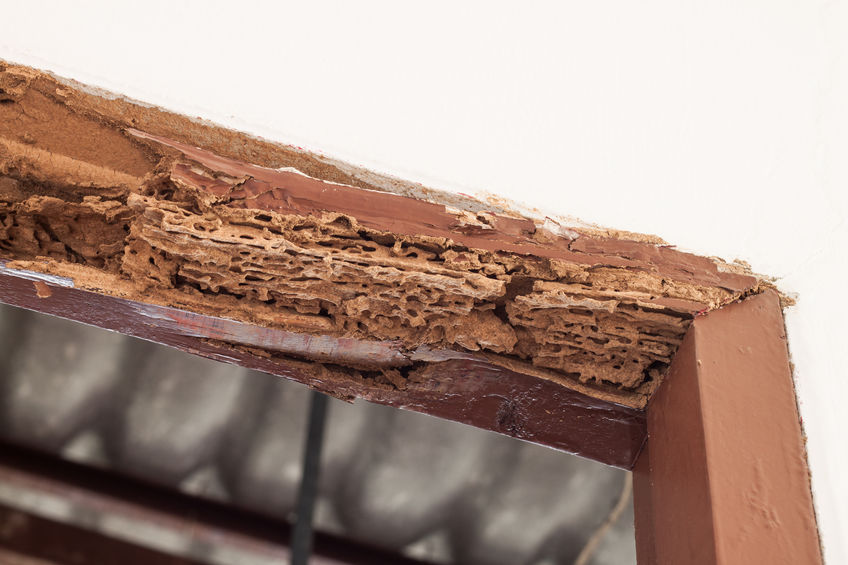Termites rarely get sick, despite living in moist, underground environments and in close contact with thousands of fellow colony members – conditions that are ideal for disease development. They have evolved multiple strategies to protect their colony from disease, ones that researchers are studying to get some clues that might provide insights for human societies battling pathogens of their own. (Although some of their methods are not ones we humans desire to emulate!)
While termites contain the disease defense genes common among all insects, they also have unique, non-genetic ways of protecting themselves from pathogenic bacteria and fungi. Termites build up “social immunity” by grooming pathogens off of one another and transfer disease resistance throughout the colony by feeding on each other’s secretions, said Drion Boucias, a professor of insect pathology at the University of Florida who has been researching termite immunity and response to disease for several decades.
The warm, damp, subterranean environments that ants and termites thrive in are also perfect for growing microbes. Social insects, which can live in groups of thousands and even millions of individuals inside of a single nest, have evolved group behaviors to protect each other and the entire colony from disease, says Rebeca Rosengaus, an associate professor and behavioral ecologist at Northeastern University who has been studying how social insects keep diseases from wiping out their colonies for the past 30 years.
When an ant or termite returns to the nest with some sort of harmful microbe clinging to its exoskeleton, its nestmates will furiously groom it. Some termites have antifungal compounds in their saliva to help kill the pathogen, and ingested microbes are either neutralized in their stomach or, in the case of ants, caught in a sieve-like structure in their throat, where it is compacted into a pellet that can be vomited up later.
This somewhat disturbing image is just the first step in a multi-pronged and highly effective pathogen defense system. And it only gets weirder from here….
If a termite returns with a fungal load that is too high for licking to be effective, the behavior changes. Any infected termites begin shaking and twitching, as if in some sort of ritualized plague dance, to tell everyone else to back off.
The healthy individuals may also start pooping in the vicinity of a sick termite. How could this possibly help, you ask? It turns out that compounds in termite poop can kill pathogens.
“They poop all around the area when there are a lot of infectious particles and, by pooping on top of it, they’re covering it and deactivating it with the fecal compounds,” Rosengaus says. And if that doesn’t work, there’s always cannibalism.
“If you’re too far along in the disease, instead of allowing you to get everyone sick inside the colony, they’ll just consume you,” Rosengaus says.
May be a bit extreme for us humans, but makes wearing a mask and social distancing seem easy.
Social insects have evolved multiple strategies to resist disease over millions and millions of years, as a way to survive living in environments packed with potentially deadly pathogens. Perhaps it’s time we learned from them.
When unwanted termite or ant colonies invade your space, call for professional help to eliminate them effectively.

